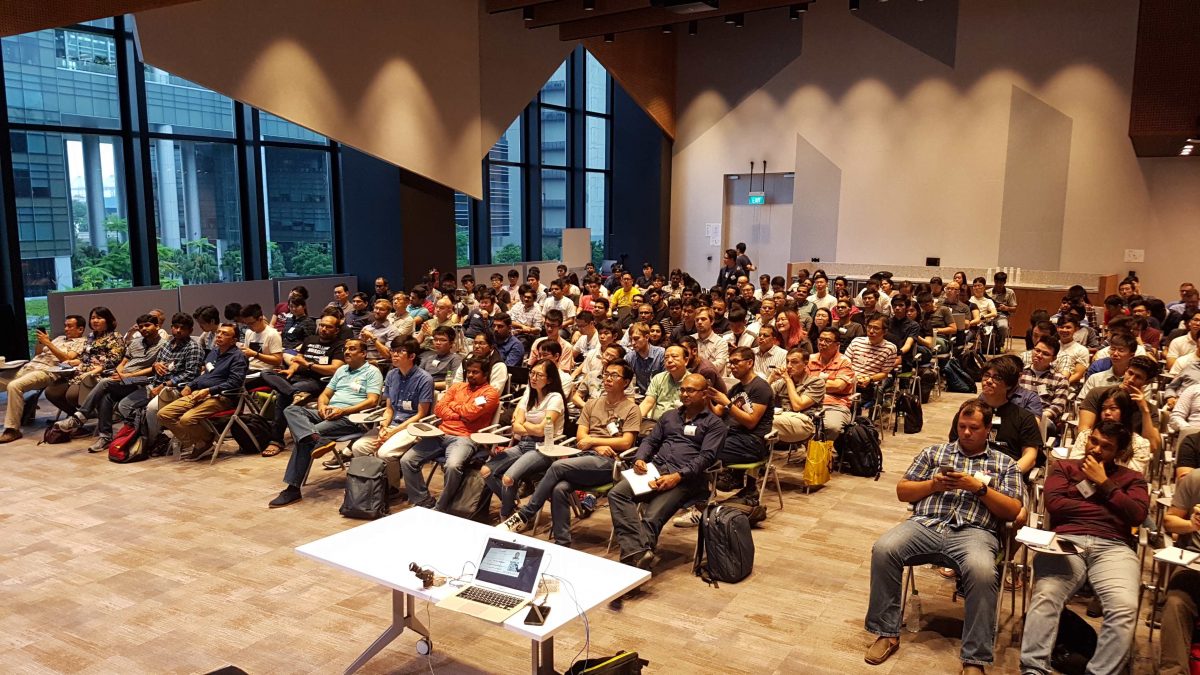As part of this blog post, I am going to walk you through how an Artificial Neural Network figures out a complex relationship in data by itself without much of our hand-holding. You should modify the data generation function and observe if it is able to predict the result correctly. I am going to use the Keras API of TensorFlow. Keras API makes it really easy to create Deep Learning models.
Machine learning is about computer figuring out relationships in data by itself as opposed to programmers figuring out and writing code/rules. Machine learning generally is categorized into two types: Supervised and Unsupervised. In supervised, we have the supervision available. And supervised learning is further classified into Regression and Classification. In classification, we have training data with features and labels and the machine should learn from this training data on how to label a record. In regression, the computer/machine should be able to predict a value – mostly numeric. An example of Regression is predicting the salary of a person based on various attributes: age, years of experience, the domain of expertise, gender.
The notebook having all the code is available here on GitHub as part of cloudxlab repository at the location deep_learning/tensorflow_keras_regression.ipynb . I am going to walk you through the code from this notebook here.
Generate Data: Here we are going to generate some data using our own function. This function is a non-linear function and a usual line fitting may not work for such a function
def myfunc(x):
if x < 30:
mult = 10
elif x < 60:
mult = 20
else:
mult = 50
return x*mult
Continue reading “Regression with Neural Networks using TensorFlow Keras API”
